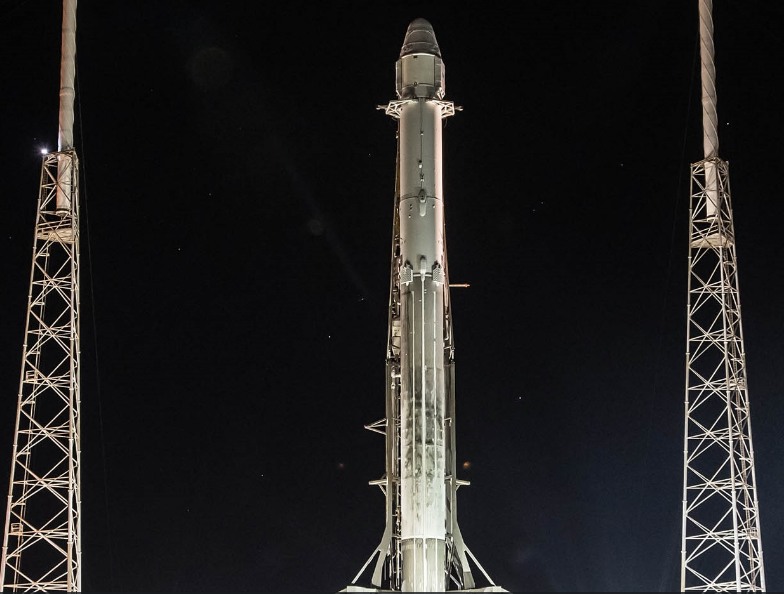
11am ET Update: Friday's launch went off without a hitch, with the Falcon 9 booster sending a Dragon spacecraft into a good orbit to reach the International Space Station. Then, the first stage safely—if a bit sooty—made a near-perfect landing back on Earth. This marks the company's 20th successful landing overall, and 16th in a row.
Original post: SpaceX will attempt to send a cargo spacecraft to the International Space Station on Friday morning, with an instantaneous launch window that opens at 10:36am ET. There are some clouds at the launch site, but overall weather conditions appear favorable for a liftoff today.
Perhaps the bigger question is whether the technical problems with the launch have been solved. Originally targeted for Tuesday, SpaceX delayed a day to Wednesday for additional pre-launch ground systems checks. Then the company delayed until Friday because it had detected "particles" in the fuel system of the rocket's second stage. As a result, it needed to conduct "full inspections and cleanings."
The rocket did go vertical on Space Launch Complex-40 early on Friday, increasing confidence that a flight will occur today. The Dragon spacecraft atop the rocket will carry 4,800 pounds of crew supplies and payloads, as well as more than 250 science and research payloads. About eight minutes after launch, the Falcon 9's first stage will attempt to land at SpaceX’s Landing Zone 1.
Friday's mission is notable for several reasons. Already this year SpaceX has reflown three of its Falcon 9 rockets and reused a Dragon spacecraft for a station supply mission. This mission will combine both, marking the first time SpaceX has used a "flight proven" booster for a NASA launch and combined it with a used Dragon spacecraft. This booster first flew in July, and the spacecraft first flew to the station in 2015.
This launch attempt also marks a return to a launch pad damaged when a Falcon 9 rocket and its satellite payload blew up in September 2016. Since then, the company says it has repaired the damage and made significant upgrades to Space Launch Complex 40. The webcast below should begin about 15 minutes before the launch window opens.
reader comments
181